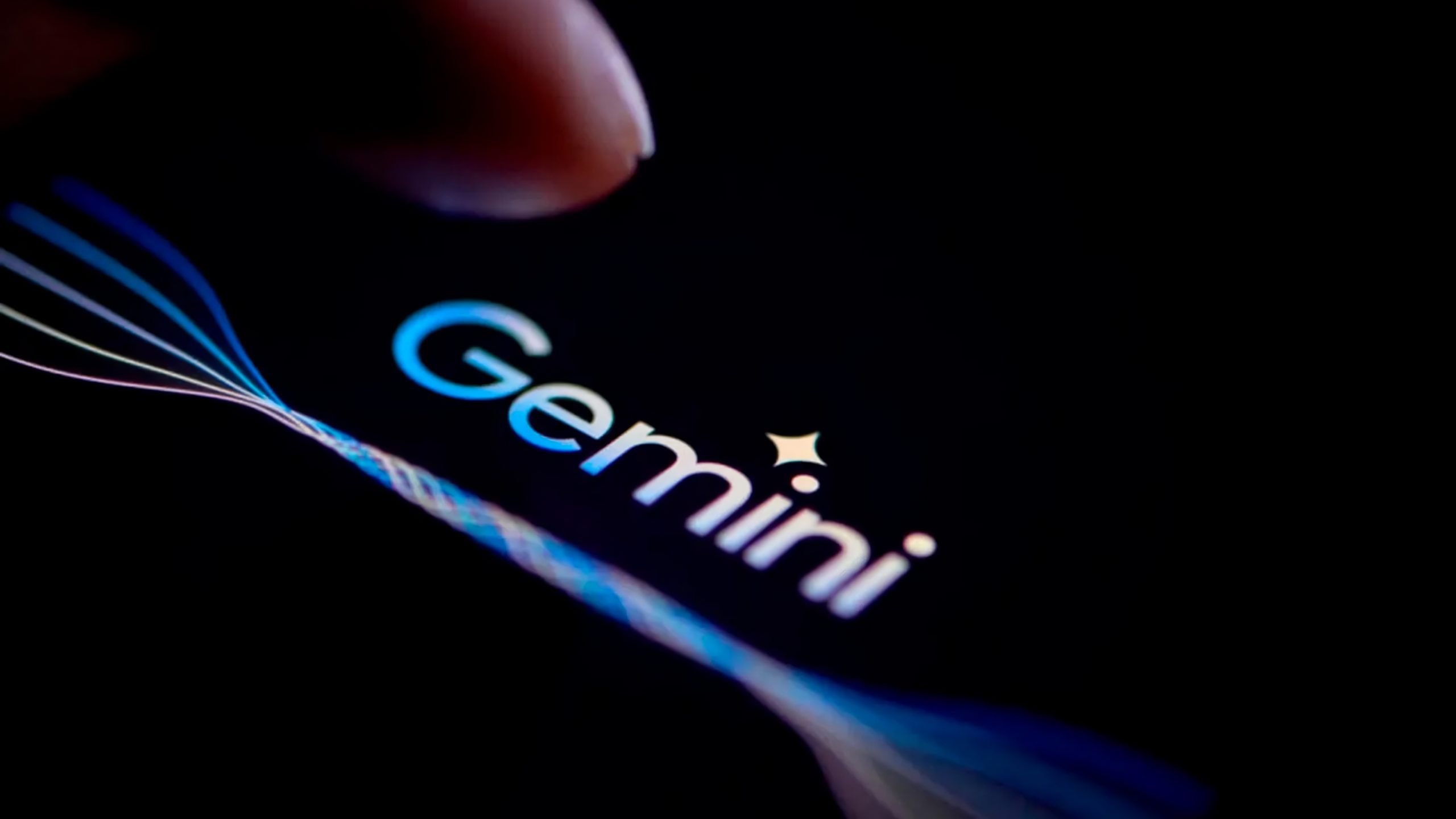tickle They are a prime example of mixed feelings. When they do this to us, we can’t stop laughing, but at the same time, we wish they would stop doing this to us. Deep down, they are annoying. But then why are we laughing?
In fact, this question is not the only mystery associated with tickling. It is also curious that we cannot induce them ourselves. Or even that most people laugh more when they are in the right side.
It all seems to matter evolutionary explanation. This is not certain, but there are certain hypotheses on this matter. In any case, before we move on to this question, let’s look at what parts of the brain are involved in them. Knowing them is very useful for an evolutionary explanation of their appearance.
tickling is not fun
In 2013, a group of scientists from University of TubingenIn Germany, a study was conducted in which the effects were compared hear a joke or get tickled. Since both things make us laugh, you might expect the same areas of the brain to be activated. However, what they found was much more surprising.
They took part in an experiment. 30 peoplewhose brain activity was analyzed using magnetic resonance imaging during the two above-mentioned actions: a joke or tickling.
In both cases, the area known as Roland operculum. This is the area that controls vocal and facial movements associated with emotions. Of course, this applies to laughter. But what emotions caused this laughter?
In the case of the joke, this area was illuminated the most, but during tickling, activity in hypothalamus. This is where the primal urge to escape danger begins. It’s the sense of anxiety that we all have at birth that makes us want to run before things get bad. This need to run is closely related to anxiety, as all of its symptoms, from heart palpitations to muscle rigidity, are related to the body’s fight-or-flight response to a warning signal.
According to the scientists who conducted the study, and many others who have analyzed it since, their discovery serves as an explanation for a possible evolutionary origins of tickling. And maybe they were a way to show subordination against a competitor or predator. If, when faced with an unpleasant sensation like tickling, we move and become aggressive, we may provoke even more violence from the other side. But if we laugh, we show that we are completely submissive. Logically, this doesn’t make much sense today. However, if in the past you had to fight another hominid to decide who would remain in the last cave, then showing submission could be the difference between life and death.
But then they are painful?
There are two types of tickling. On the one hand, kmmesesis It is a mild contact irritation that occurs in a sensitive area. This is what happens when we are gently tickled. We can also feel it from the touch of hair or even from the walking of an insect.
On the other side, gargales This happens when much more pressure is applied to sensitive areas. For example, by pressing your fingers on the sides of your torso, just above your hips.
Both are, in fact, painful sensations, especially the second. In fact, the signals generated by this pressure on the skin are more or less pronounced, They travel along the same neural pathways. than those that cause pain. The hypothalamus also processes information about a stimulus that may be painful.
So in reality the sensation of pain is constantly stimulated. If we laugh, it is because of this evolutionary impulse to submit.
Why can’t we tickle ourselves?
There is no point in laughing at our own ticklishness, because we know that usually we are not dangerous for ourselves. We try to tickle ourselves to make ourselves laugh, but we fail because we have no evolutionary need to laugh. So how does our brain know that we have applied pressure?
The answer to this question lies in a phenomenon known as the aftershock discharge. When we perform a movement, our brain tells a certain part of the body to move. But at the same time, another signal is sent. A kind of confirmation of receipt, ensuring that the signal was sent correctly and that our brain prompted it. This is mediated cerebellum and this is important in cases like tickling.

By the time our brain gets the signal that we press the skinYou also got the recognition that it was we who decided to make this move. Thus, the reaction of Roland’s gill cover is reduced to zero. No need to laugh.
One sign that this is true is that people with schizophrenia or traits associated with this disorder may tickle themselves. These people are known to have faulty reasoning systems. So sometimes they feel like what they are doing is being done by someone else. And that is why they may laugh at their own tickling.
Are you more sensitive on one side than the other?
What’s interesting is that many people claim that they are more ticklish on one side than the other. Specifically, it seems that there are more of them in the right.
This may sound strange, but the truth is that this phenomenon has been studied scientifically. It is believed that it may be related to differences in how each hemisphere processes emotions. However, more research is needed to know for sure.
One thing is clear: if we laugh at tickling, it is not because it is funny, but to save our lives. Okay, now it sounds very dramatic, but in the past it made perfect sense.
Source: Hiper Textual













